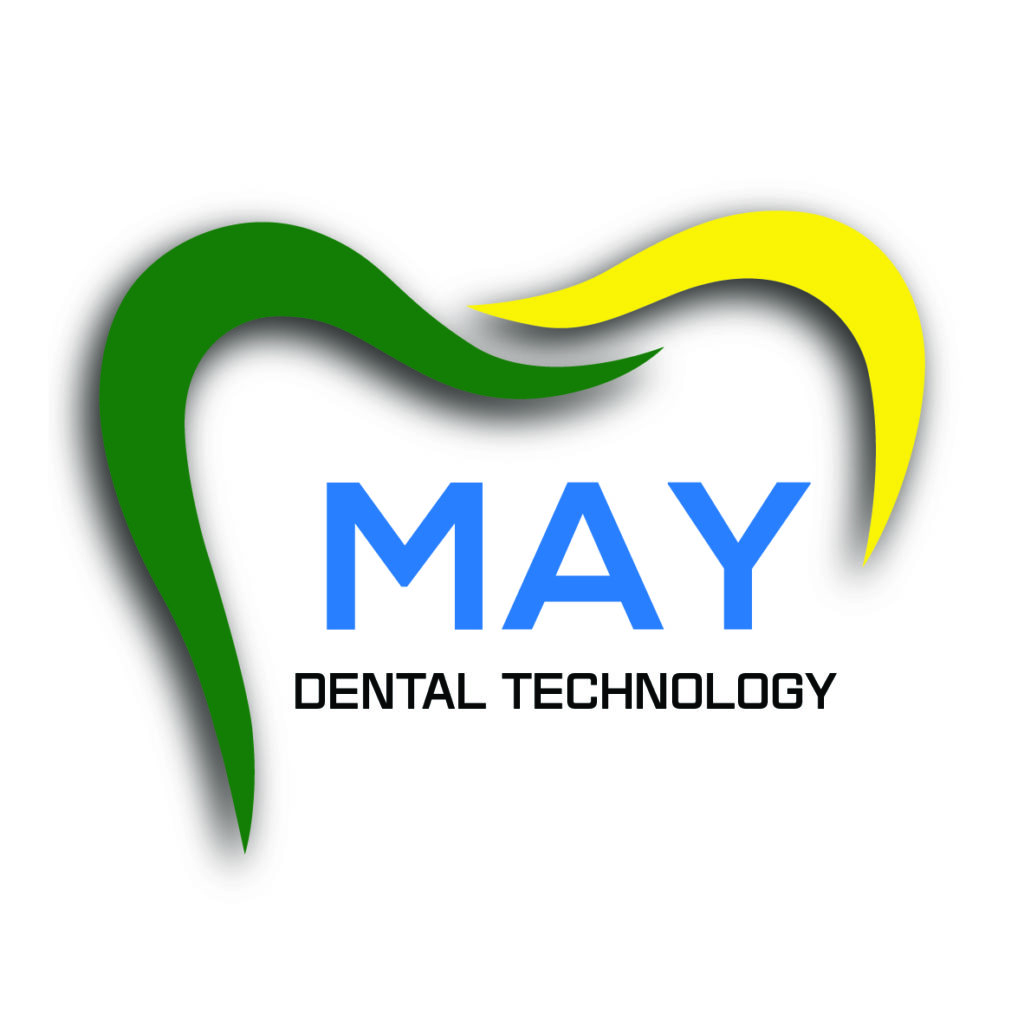In a dental lab, CAD/CAM (Computer-Aided Design and Computer-Aided Manufacturing) technology performs a variety of tasks that enhance the precision, efficiency, and overall quality of dental restorations and appliances. Here’s what CAD/CAM technology can do in a dental lab:
1. Digital Impressions
CAD/CAM systems can capture high-resolution digital impressions of a patient’s teeth and oral structures, eliminating the need for traditional physical impressions. This process is quicker, more comfortable for the patient, and results in highly accurate data.
2. Design of Restoration
Using CAD software, dental technicians can design a range of restorations such as crowns, bridges, veneers, inlays, and onlays. The software allows for precise modeling of these restorations to fit perfectly in the patient’s mouth.
3. Customization and Personalization
CAD/CAM technology enables the creation of highly customized and personalized restorations. Technicians can design restorations to match the exact contours, shape, and color of the patient’s natural teeth.
4. Manufacturing of Restorations
CAM technology is used to manufacture dental restorations from materials such as ceramic, resin, or metal. Milling machines or 3D printers are employed to create these restorations with high accuracy and consistency.

5. Production or Orthodontic Appliances
CAD/CAM systems are used to design and produce orthodontic appliances, including clear aligners and retainers. The technology ensures that these appliances fit well and work effectively.
6. Creation of Dentures
CAD/CAM technology can streamline the process of designing and manufacturing complete and partial dentures. The precision of digital design improves the fit and function of dentures.
7. Prototyping and Testing
CAD/CAM allows for the rapid creation of prototypes and testing of different designs before final production. This helps in refining the design and ensuring the best outcome for the patient.
8. Digital Workflow Integration
CAD/CAM systems integrate with other digital tools such as digital X-rays and 3D imaging. This integration provides a comprehensive view of the patient’s oral anatomy, which enhances the accuracy of treatment planning and restoration design.
9. Quality Control
The digital nature of CAD/CAM technology allows for detailed inspection and quality control. Technicians can review designs and make adjustments as needed before manufacturing, ensuring high-quality outcomes.
10. Efficient Communication
CAD/CAM technology facilitates better communication between dental labs and dental practices. Digital files can be easily shared, reducing misunderstandings and improving collaboration.
11. Education and Training
CAD/CAM systems often come with educational resources and training modules that help dental technicians stay updated with the latest techniques and technologies in the field.
Overall, CAD/CAM technology enhances the efficiency, accuracy, and quality of work in dental labs, leading to better outcomes for patients and streamlined processes for dental professionals.
